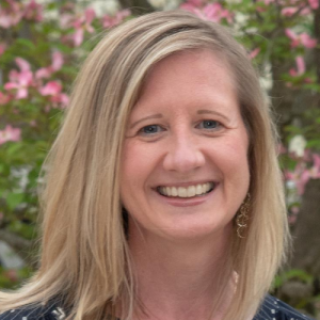Are We Willing to Pay More than Lip Service to High Quality Early Learning?
April 29, 2021
We talk a lot about how we have strong, bipartisan support for high-quality preschool in the United States. Across red states and blue states (and even “purple” states), legislators, governors, researchers, advocates and parents recognize the benefits of high-quality early experiences for young children’s cognitive, social-emotional and physical development. But as the saying goes, talk is cheap. High quality is not. And too many people don’t want to talk about how much it really costs—much less walk the talk—to provide the kind of high-quality experiences that positively impact children for a lifetime.
When it comes to funding, we pay little more than the financial equivalent of lip service to the pre-K programs we claim to value and want for our children, funding public preschool initiatives at far less than the model programs that inspired them and then wondering why we don’t see the kinds of outcomes we expect. Program and access parameters are built around wishful thinking about what we want to spend, rather than what is best for children. As a result, states spend an average of just $5,499 ($6,329 when local and other funds are included) on public preschool seats – a far cry from the $12,500 NIEER estimates is the average cost nationally to meet minimum quality standards in a full-day program with salary parity for teachers. Keep in mind we spend almost 25% more per child, $15,500, for K-12 education (including local, state, and federal sources).
Just six states come close to spending the minimum needed – Alabama, DC, New Jersey, North Carolina, Oklahoma and West Virginia—and that is not necessarily enough in some because they have higher than minimum standards in some cases. For example, New Jersey and North Carolina require smaller class sizes, not just the bare minimum. Moreover, it is especially alarming that 33 states are more than $5,000 per child away from providing funding adequate to meet minimum quality standards.
But it isn’t just about inadequate spending per child. States need to increase access as well. Nationwide, states enroll just 34% of children at age 4 and 6% at age 3. Head Start and the public schools serve more, but even altogether don’t reach most children. In fact, just half of 3- and 4-year-olds were in any kind of classroom, public or private, prior to the pandemic. At a ballpark figure, total public spending will need to be about 4 to 5 times what it is now to support quality pre-K for all children.
To facilitate that funding increase, NIEER has proposed a federal partnership with states to increase funding for, and access to, public preschool, starting with children from our lowest-income families. The plan, which is outlined in the 2020 State of Preschool Yearbook, is for the federal government to support at least half the per child funding needed to serve low-income preschoolers, with states funding the rest. Of course, the federal government could do more—for example, helping to pay for quality increases for existing preschool seats, funding facilities construction and improvement, and paying some of the cost for children in middle income families. Hopefully a big offer of federal funding will incentivize states to do their part as well. Given the trajectory of state funding for preschool over the past 18 years, this is no small ask.
NIEER’s illustrative model projects a 20-year timeline to reach all low-income children. Some feel this timeline is way too long. I share their impatience, but I also know that building quality takes time. If we can move faster, great. As Tony Bryk and others who study education reform have observed, Americans tend to implement fast and learn slow; we will serve children better if we implement slow and learn fast. I would be delighted if we built a high quality system to serve the most disadvantaged half or more of our children in less than 20 years. I will still be ecstatic if we really accomplish that goal in 20 years.
Until we prioritize funding and access for high-quality preschool in the same way we do for grades K-12, even a 20-year estimate remains a frustrating longshot. And as each year passes, a new cohort of preschoolers – several million each year – miss out on these critical years of programming. It’s wonderful to be able to say that we have bipartisan support for high-quality public preschool, but now we need to put our money where our mouth is—the President’s proposed $200 billion initiative is a great start.
The Authors
Karin Garver is an Early Childhood Education Policy Specialist at NIEER. Her research interests are in national and state early education policy trends, inclusive opportunities for preschool children with disabilities, data systems, systems integration, and public program finance.
About NIEER
The National Institute for Early Education Research (NIEER) at the Graduate School of Education, Rutgers University, New Brunswick, NJ, conducts and disseminates independent research and analysis to inform early childhood education policy.

